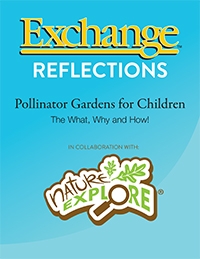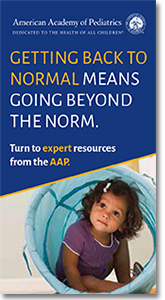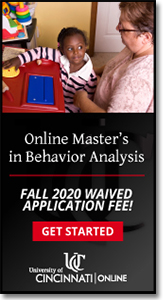ExchangeEveryDay Past Issues
 << Previous Issue
| View Past Issues | | Next Issue >>
<< Previous Issue
| View Past Issues | | Next Issue >> -Aristotle
What an intense few months it’s been for the entire world. Those of us in the early childhood field have undoubtedly been feeling the pressure in multiple ways. Each person, each program, each college professor is at a different place in this challenging journey. It’s important to respect personal needs and move forward in a way that’s right for ourselves and our programs.
Our next two Exchange Reflections, offer very different opportunities for discussion. In “Kids and Soil: A Perfect Match,” E. Britt Moore provides interesting ideas to ponder about the value children receive from exploring soil. For example, he writes:
“A child who does something as deceptively unremarkable as making a mud pie is, in fact, engaging in tactile scientific learning that differentiates soil physical properties and correlates soil water properties to soil texture. If the prior statement seems exaggerated, then take a moment to think about how often a child will adjust the water-to-soil ratio in a mud pie until she finds the perfect balance. What is that if not the scientific process of experimentation, trial and error at work?”
He offers many ways children can interact with soil (some messier, some not at all). He also invites consideration and assessment of a number of soil-related activities.
On a different note, if you’re looking for an important discussion topic that might bring up differences of opinion and even a chance to work through uncomfortable feelings, then “Understanding Gender Diversity,” just might fit the bill. Brook Pessin-Whedbee writes:
“From an impromptu chat in the play house to a planned read aloud at story time, exploring gender diversity with children can happen in myriad ways. We can choose books that serve as mirrors, reflect- ing back our students’ experiences, and books that serve as windows, opening our students’ eyes to the experiences of others. (Bishop, 1990) Just about any story can be transformed into a springboard for a rich conversation just by changing a few pronouns and questioning assumptions, ‘What makes you say that child is a boy?,’ or by asking students to read with a critical lens, ‘What message do you think this book is giving us about girls?’”
Right now it’s important to check out the emotional temperature of others (and ourselves) before embarking on discussions. Are we ready to tackle something deep and challenging? Or do we need something a bit more hands-on and creative? (And who knows, perhaps you’d like a balance of both).
Whatever your answer, we wish you happy reflecting...your way.
Use coupon code NATURE for 10% off any Nature Explore Exchange Reflections |
 May not be combined with any other offer. Not valid on bulk purchase discounts. |





Post a Comment